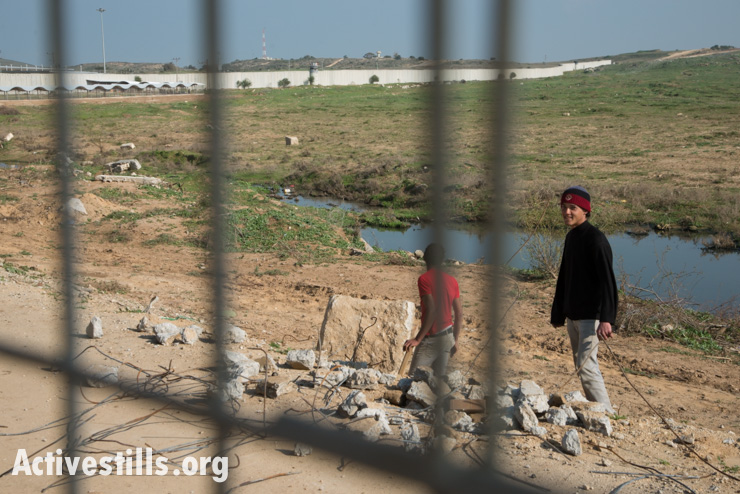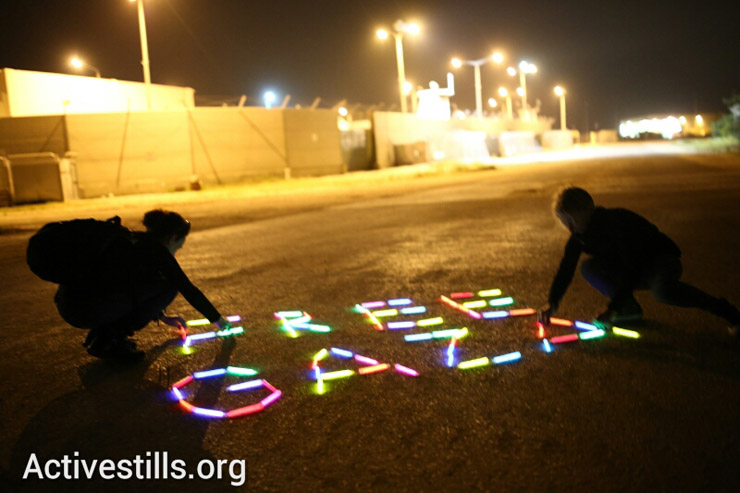For the sake of both the residents of Israel’s south and the Palestinians, we must speak about Gaza as a place with real people, rather than as a science experiment.
Over the past few years, the Israeli public discussion has reduced conditions in Gaza to one of two situations: either it’s the place where rockets are fired from, or it’s the place where rockets are momentarily not being fired from.
Responses to the rocket fire are determined accordingly: attack with vigor or hold back; refrain from entering the Strip or recreate the “achievements” of Operation Cast Lead; allow building materials or don’t; escalate or refrain. Gaza is a kind of scientific experiment where Israel tries to reach the perfect degree of “deterrence” or “restraint” in order to maintain “quiet.”

Now, we are once more in a period of escalation. Once more “code red” alarms tear the residents of Sderot and the rest of the area near the border from their beds in the middle of the night and threaten them during the day. Rockets fall on homes and factories, and normal life comes to a complete halt. Once more, the Israel Air Force bombs the Strip and prevents its residents from a full night’s rest. Only a month ago did the IAF kill seven-year-old Abed Awar. But who even remembers that? It’s likely that the current round won’t end in a ground operation, and things will return to normal. Until next time.
As Jack Khoury reported today in Haaretz, Hamas is not interested in an escalation and denies responsibility for the kidnapping. Despite the army’s major raid on the party’s institutions in the West Bank, the arrest of hundreds of its members and the bombings in Gaza – Hamas has signaled to Israel that it wants to restore calm. In the current political situation, with its recent agreement to enter into the Palestinian technocratic government (and with no ability to work outside that government due to hostility from Egypt and a lack of support from the Arab world), it cannot allow itself to take a different stance. But Netanyahu insists on painting Hamas into a corner.

We must speak about Gaza in a wider context. We must remember that Israel undertook to treat the West Bank and Gaza as one territorial entity under the Oslo framework. We must remember that if a Palestinian state is to ever come into existence, it will be established in the West Bank and Gaza. And even if not, Gaza is not going anywhere. We must remember that the Palestinians in the West Bank and Gaza are part of the same nation, and that over 1.5 million people have lived under blockade in the largest open-air prison in the world for nearly a decade.
For the sake of the residents of Israel’s south, for the sake of everyone involved – if we want a permanent calm, we must speak about Gaza as a place with real people, rather than as a science experiment.
Read this article in Hebrew on Local Call.
Related:
In escalations of violence, Gazans pay the price
Israeli right: Take measures against Palestinians following murders
The three truths the U.S. needs to accept about Gaza


